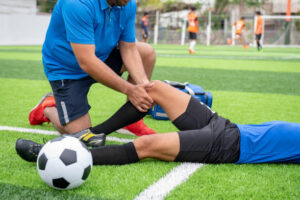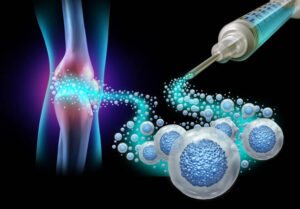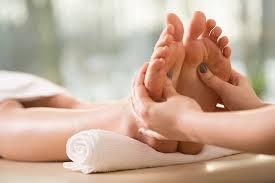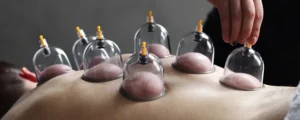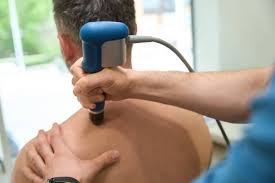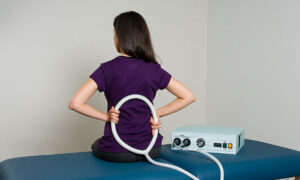Understanding sports injuries is crucial for athletes at all levels. Sports injuries can range from minor sprains to severe fractures, and recognizing the signs early can make a significant difference in recovery time. It’s essential to understand that not all pain is normal; persistent discomfort should never be ignored.
The Importance of Early Intervention in Rehabilitation for Sports Injuries
Early intervention in rehabilitation for sports injuries is crucial for optimizing recovery and minimizing long-term damage. The initial steps taken immediately after an injury can significantly influence the overall recovery timeline. Injury assessment plays a pivotal role during this phase, as it helps to identify the severity of the injury and tailor a rehabilitation plan accordingly.
Physical therapy benefits are particularly pronounced when implemented early on. Engaging in targeted physical therapy not only aids in pain management but also promotes healing by enhancing circulation and reducing inflammation. Immediate care for injuries, such as applying ice, compression, and elevation, lays the groundwork for effective rehabilitation.
By prioritizing early rehabilitation, athletes can return to their sport more swiftly and with greater confidence. This proactive approach not only accelerates recovery but also helps prevent re-injury by addressing underlying issues that may have contributed to the initial injury.
Key Components of an Effective Rehabilitation Program
An effective rehabilitation program for sports injuries is crucial for a successful recovery and return to play. Here are the key components that should be included:
Rehabilitation Exercises: Tailored exercises targeting the specific injury help in regaining strength and mobility. These exercises are designed to gradually increase in intensity as healing progresses.
Strength Training for Recovery: Incorporating strength training into the rehabilitation process helps rebuild muscle strength that may have been lost during injury. This component focuses on both the injured area and surrounding muscles to ensure overall stability.
Flexibility and Mobility Work: Maintaining flexibility is essential for preventing further injuries. Stretching routines, along with mobility drills, enhance joint range of motion, which is vital for athletes looking to return to their sport.
Functional Training Techniques: These techniques mimic movements specific to the athlete’s sport, helping them regain confidence and functional capacity. Exercises may include sport-specific drills that prepare the body for real-life scenarios faced during competition.
Personalized Rehab Plans: Each athlete’s needs are unique; thus, creating a personalized rehab plan is essential for optimal recovery outcomes. This plan should take into account the type of injury, individual goals, and timelines while allowing adjustments as progress is made.
By incorporating these components into a rehabilitation program, athletes can effectively navigate their recovery journey and return stronger than before.
The Role of Professionals in Sports Injury Rehabilitation
The role of professionals in sports injury rehabilitation is crucial for ensuring that athletes return to their peak performance safely and effectively. Sports physiotherapists, athletic trainers, and rehabilitation specialists each bring unique expertise to the recovery process.
Sports physiotherapists focus on assessing injuries, developing personalized treatment plans, and implementing therapeutic exercises to promote healing. They play a vital role in pain management and mobility restoration. Athletic trainers often serve as the first line of defense on the field, providing immediate care for injuries and guiding athletes through the initial stages of recovery.
A multidisciplinary approach to rehab is essential for optimal outcomes. This involves collaboration among sports physiotherapists, athletic trainers, coaches, and athletes themselves. By working together, these professionals can create comprehensive rehabilitation programs that address not only physical recovery but also psychological readiness to return to competition.


